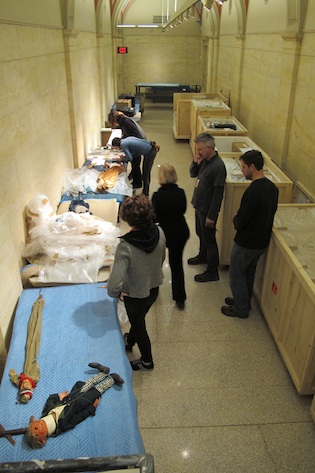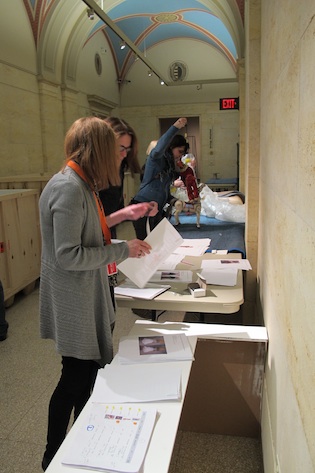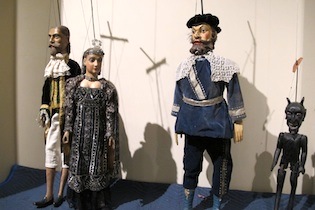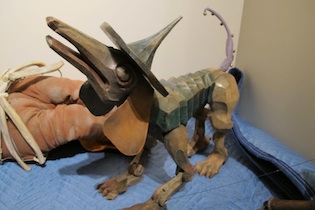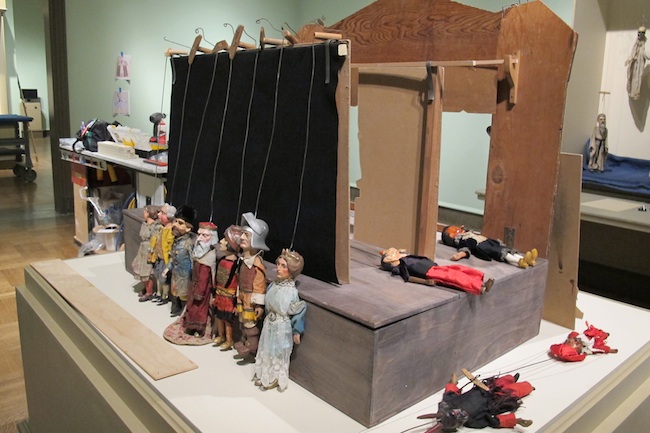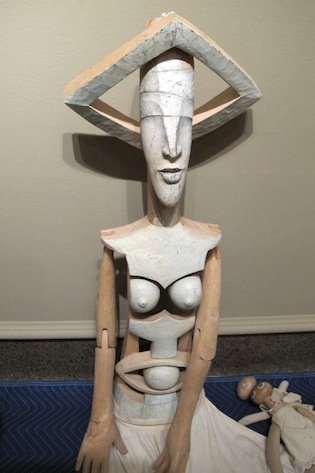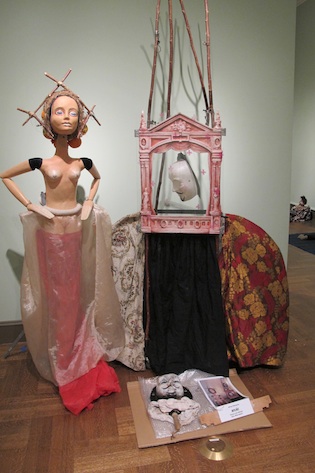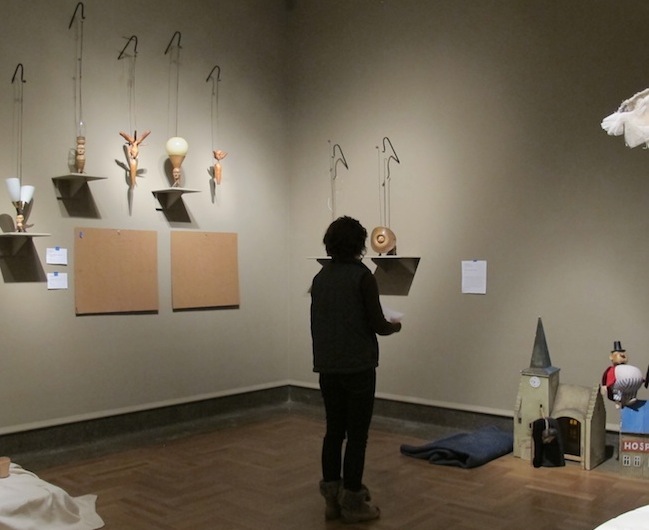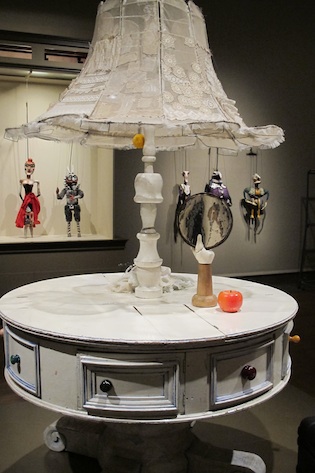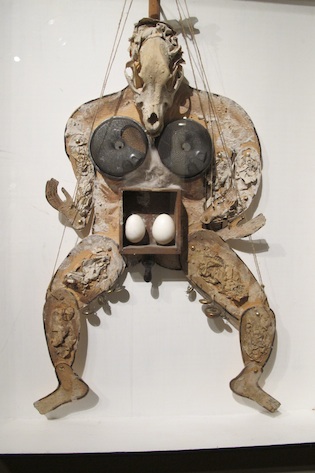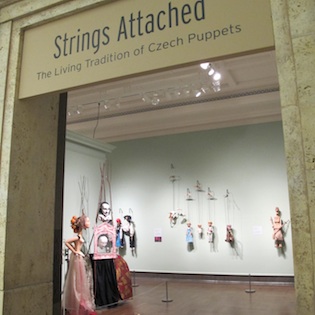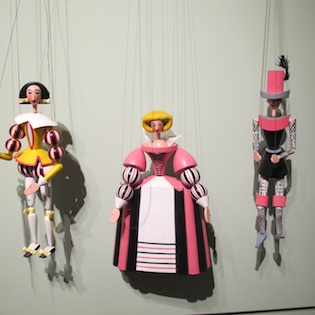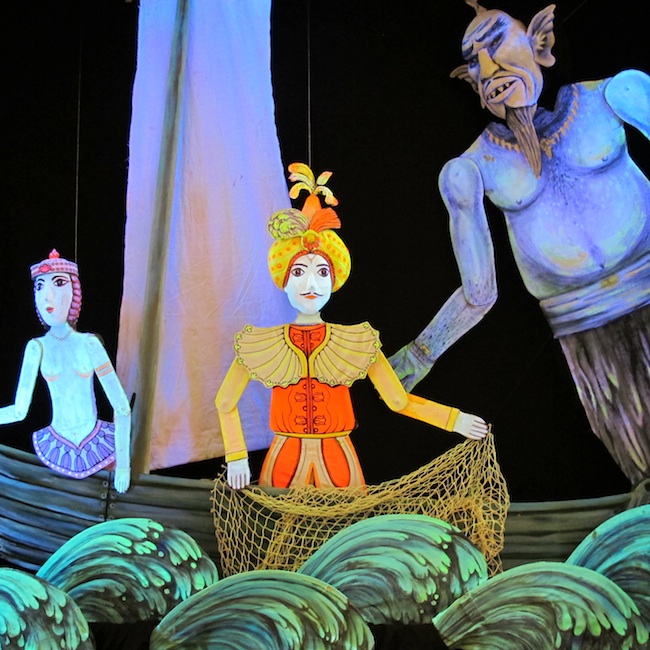Our Strings Attached: The Living History of Czech Puppets exhibition opens today. Thanks to our Curator Carole Genshaft, who documented the installation, you can see how the exhibition came together (from the unpacking and uncrating to putting the Czech puppets together). These rare objects are presented thanks to an international collaboration between Columbus Museum of Art, the Arts and Theatre Institute, Prague and the College of Arts and Sciences at The Ohio State University.
More than 140 puppets and set designs are included in the Czech puppets exhibition, many of the puppet designs influenced by fairy tales, literature, and art influences such as surrealism and the Bauhaus, and more.
Since the late nineteenth century, Czech artists have been fascinated by the creative possibilities of puppets. Artists in opera, ballet, dance, drama, and film— who are not originally puppeteers—have used puppets to enhance their artistic expression. The use of string puppets by contemporary artist Petr Nikl and stop-motion filmmakers Jan Švankmajer, Jiří Trnka, and Jiří Barta (all of their work is included in the show), and many others, demonstrates the increasingly vibrant legacy of traditional Czech puppetry. These and other European artists have influenced stop-motion animated filmmakers the world over including, Americans Tim Burton and the Brothers Quay. In addition to film techniques incorporating puppetry, Burton’s The Nightmare before Christmas (1993) and his latest film Frankenweenie (2012) and the Brothers Quay The Cabinet of Jan Švankmajer (1984) and The Street of Crocodiles (1986) reflect the dark, gothic quality that permeates many, popular Czech puppet and stage productions. Judging from the success of contemporary Broadway productions such as The Lion King (1997), Avenue Q (2003) and Warhorse(2007), Americans are embracing puppetry just as their Czech counterparts have done for centuries.
